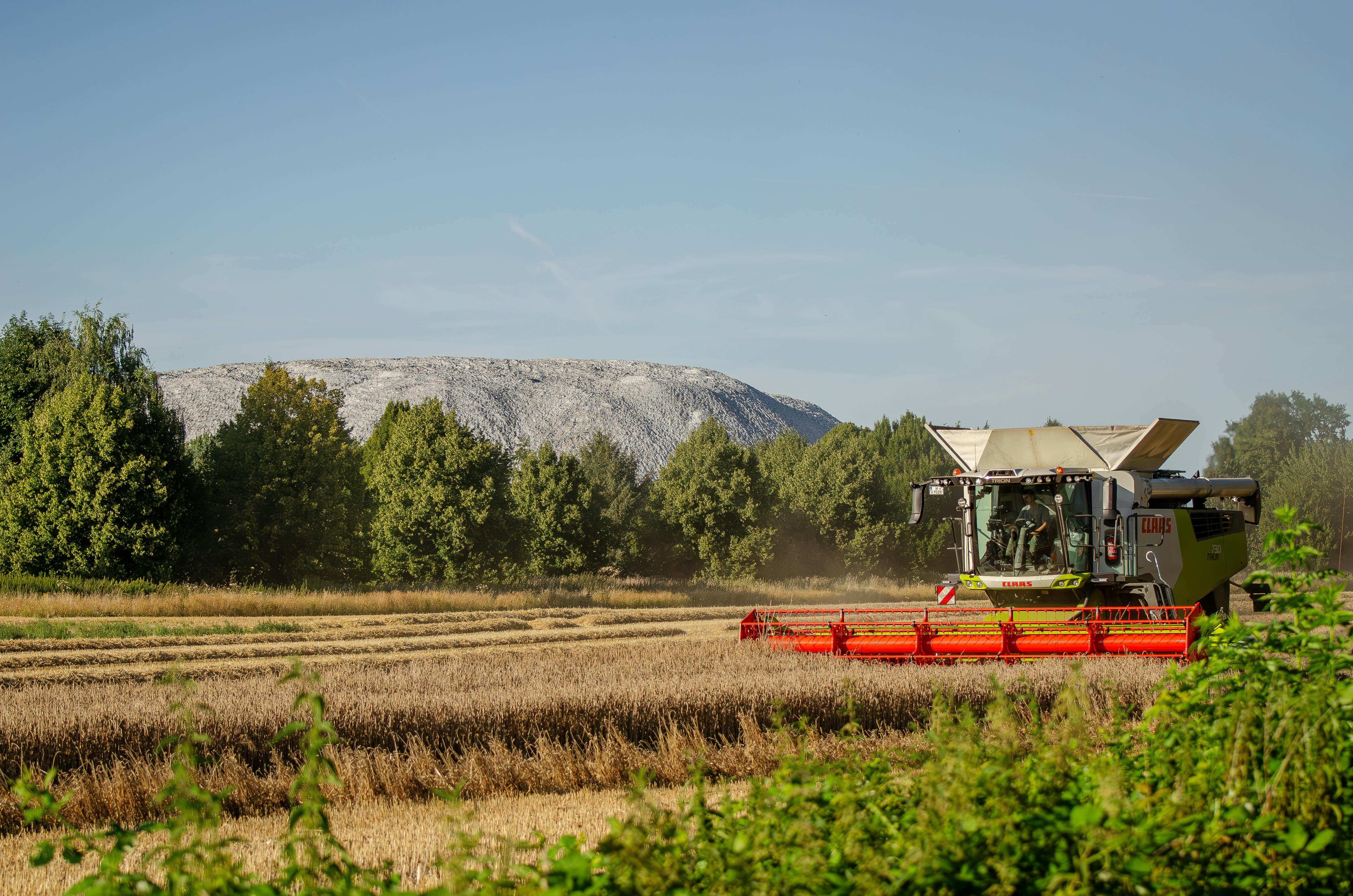AI in Agriculture: How Australian Farmers are Embracing Smart Technology
10 Sept 2024


G'day, tech enthusiasts and agricultural aficionados! Today, we're diving into the fascinating world of artificial intelligence and how it's revolutionising the Australian farming landscape. From the sun-scorched Outback to the lush coastal regions, Aussie farmers are increasingly turning to AI-powered solutions to boost productivity, sustainability, and profitability.
The Rise of AI in Australian Agriculture
Australian agriculture has always been at the forefront of innovation, and the adoption of AI technology is no exception. With challenges like climate change, water scarcity, and labour shortages, farmers are looking to smart technology for solutions. AI, particularly in the form of chatbots and conversational assistants, is proving to be a game-changer in the industry.
Key Areas Where AI is Making an Impact
1. Crop Management
AI-powered chatbots are helping farmers make data-driven decisions about planting, irrigation, and harvesting. These intelligent agents can analyse vast amounts of data, including weather patterns, soil conditions, and market trends, to provide personalised recommendations.
2. Livestock Monitoring
Conversational AI assistants are revolutionising livestock management. Farmers can now receive real-time updates on their animals' health, behaviour, and productivity through easy-to-use chat interfaces.
3. Equipment Maintenance
AI agents are helping farmers predict and prevent equipment breakdowns, reducing downtime and maintenance costs. These chatbots can schedule maintenance, order parts, and even provide troubleshooting advice.
4. Market Intelligence
AI-powered chatbots are providing farmers with up-to-date market information, helping them make informed decisions about when to sell their produce and at what price.
5. Sustainable Farming Practices
Conversational AI is guiding farmers towards more sustainable practices by offering advice on resource management, pest control, and soil health.
Case Study: The Smart Farm Initiative
Let's take a look at the Smith family farm in regional New South Wales. By implementing an AI-powered chatbot, they've seen a 20% increase in crop yield and a 15% reduction in water usage. The chatbot provides daily updates on soil moisture levels, pest activity, and weather forecasts, allowing the Smiths to make timely decisions that optimise their farm's performance.
The Future of AI in Australian Agriculture
As AI technology continues to evolve, we can expect to see even more innovative applications in agriculture. From autonomous tractors guided by AI to drone-based crop monitoring systems, the possibilities are endless.
Challenges and Considerations
While the benefits of AI in agriculture are clear, there are challenges to consider. These include:
1. Internet connectivity in rural areas
2. The need for digital literacy among farmers
3. Data privacy and security concerns
4. The initial cost of implementing AI systems
However, with ongoing government support and initiatives aimed at bridging the digital divide, these challenges are gradually being addressed.
Conclusion
The integration of AI, particularly chatbots and conversational assistants, into Australian agriculture is not just a trend – it's a necessary evolution. As we face growing global food demands and environmental challenges, AI technology offers a path to more efficient, sustainable, and profitable farming practices.
Are you ready to explore how AI can transform your agricultural business? Click here to schedule your free consultation with Nexus Flow Innovations and discover how our tailored AI solutions can help your farm thrive in the digital age.